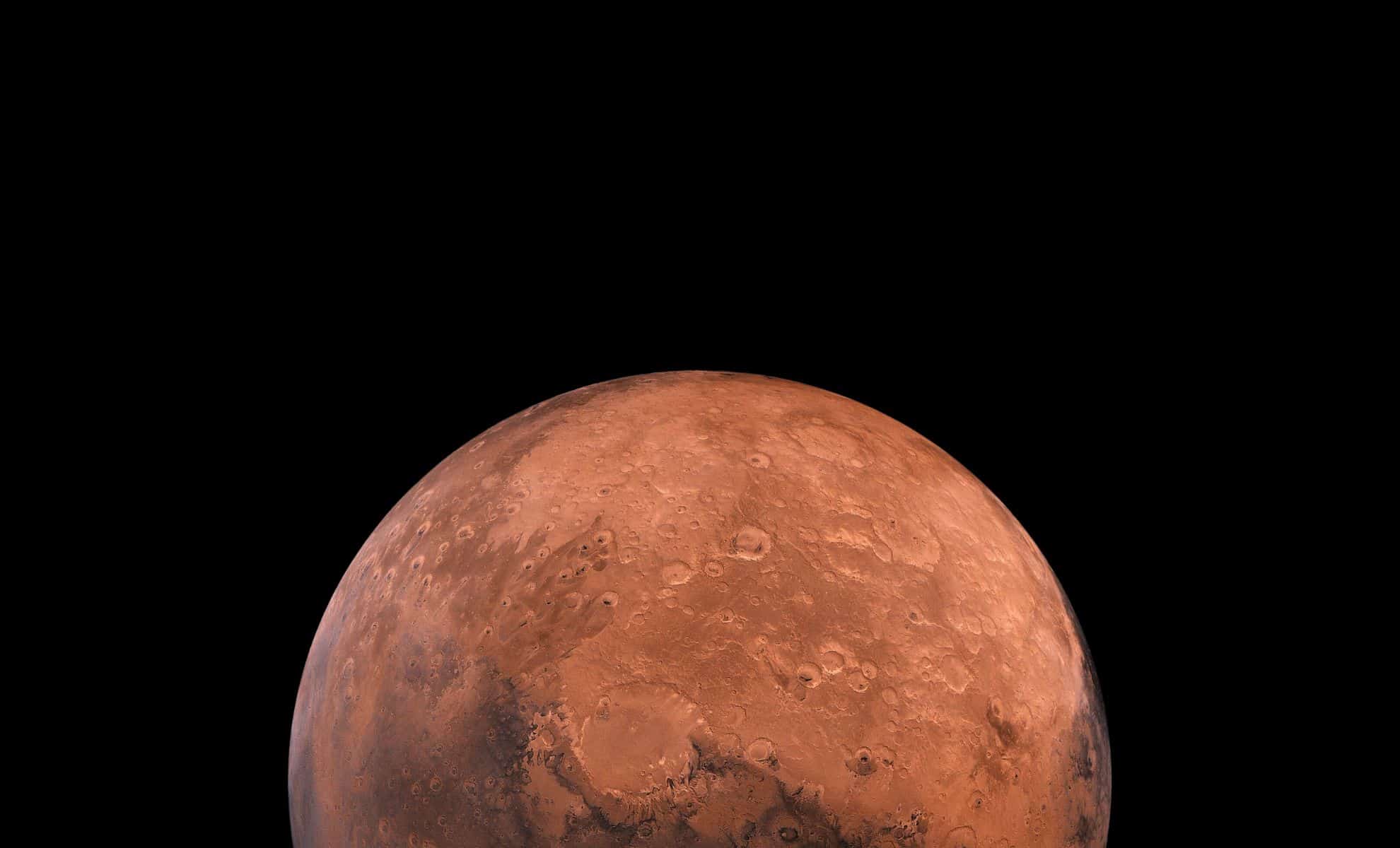
An Invisible Force Has Been Eating Away at Mars for Centuries… and NASA Finally Caught It
How did your country report this? Share your view in the comments.
Diverging Reports Breakdown
An Invisible Force Has Been Eating Away at Mars for Centuries… and NASA Finally Caught It
NASA’s MAVEN mission has made a pivotal breakthrough in unraveling the mystery of Mars’ disappearing atmosphere. For the first time, scientists have directly observed an elusive phenomenon called atmospheric sputtering. The discovery is fundamental to understanding whether the planet could have once supported life and what made it the barren world we observe today. The team discovered that sputtering is happening at a rate four times higher than previously predicted, and the rate intensifies during solar storms. This suggests that in Mars’ early history, when the Sun was significantly more active, sputtering likely played an even more dramatic role in atmospheric loss, the researchers say. The data pinpointed areas where energetic particles from the solar wind slammed into the atmosphere and splashed out neutral atoms at high altitudes.
New Insight Into Mars’ Vanished Water
Billions of years ago, Mars was likely a much wetter world. Geological features indicate the presence of liquid water on its surface, but one of the greatest lingering questions has remained: Where did the water go, and why? Now, thanks to MAVEN — short for Mars Atmosphere and Volatile EvolutioN — scientists are a step closer to answering that question.
The answer lies in atmospheric sputtering, a process in which high-energy charged particles, such as heavy ions from the solar wind, collide with Mars’ atmosphere, forcefully knocking out neutral atoms and molecules into space.
“It’s like doing a cannonball in a pool,” explained Shannon Curry, principal investigator of the MAVEN mission at the Laboratory for Atmospheric and Space Physics (LASP) at the University of Colorado Boulder. “The cannonball, in this case, is the heavy ions crashing into the atmosphere really fast and splashing neutral atoms and molecules out.”
Although evidence for sputtering had been inferred from isotope data in the past — especially from the ratio of lighter to heavier argon isotopes in the upper atmosphere — this new observation marks the first time the process has been captured in real time.
Capturing the Elusive Phenomenon in Real Time
To observe sputtering directly, the MAVEN team had to coordinate data collection from three of the spacecraft’s key instruments: the Solar Wind Ion Analyzer, the Magnetometer, and the Neutral Gas and Ion Mass Spectrometer. These tools gathered simultaneous measurements from both the dayside and nightside of Mars at low altitudes, a process that required years of orbital planning and data collection.
This collaborative effort allowed researchers to create a detailed map of sputtered argon particles across different regions of the Martian atmosphere. The data pinpointed areas where energetic particles from the solar wind slammed into the atmosphere and splashed out neutral atoms — particularly argon — at high altitudes.
Remarkably, the team discovered that sputtering is happening at a rate four times higher than previously predicted, and the rate intensifies during solar storms. This suggests that in Mars’ early history, when the Sun was significantly more active, sputtering likely played an even more dramatic role in atmospheric loss.
A New Chapter In Understanding Mars’ Habitability
The confirmation of atmospheric sputtering is more than just a technical achievement. It directly supports the idea that this process was a primary mechanism behind Mars’ atmospheric erosion after the planet lost its magnetic field. Without this protective shield, the planet’s atmosphere became increasingly vulnerable to the solar wind, leading to the loss of water-stabilizing conditions on the surface.
“These results establish sputtering’s role in the loss of Mars’ atmosphere and in determining the history of water on Mars,” said Curry, whose study appears in Science Advances. The discovery is fundamental to understanding whether the planet could have once supported life and what made it the barren world we observe today.

best haircut Shop- https://www.menspire.sg